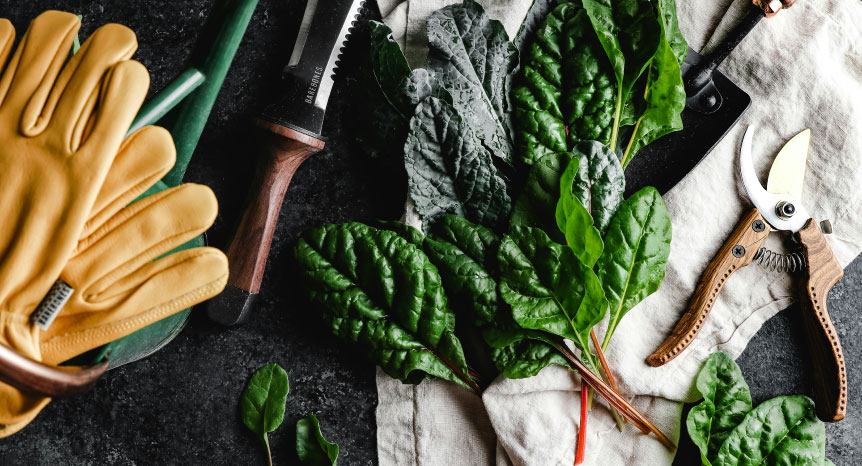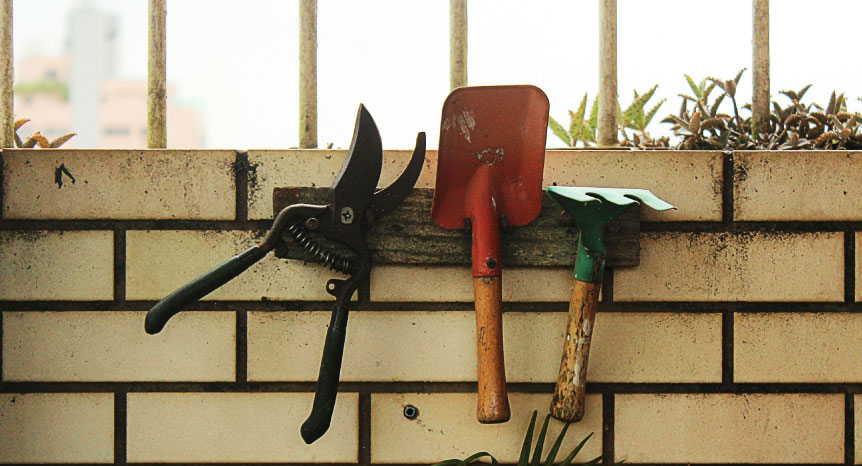 |
| When you’re moving homes, remembering to carefully manage the transition of your gardening tools can make a huge difference. It’s not just about moving soil and plants; your spades, shears, and mowers need attention too. By effectively transitioning your gardening essentials, you ensure that both your tools and your future garden thrive. Whether you’re a hobbyist or someone who owns advanced equipment for landscape professionals, taking the time to prepare your gardening tools for the move properly is crucial. |
| What Are The Most Popular Gardening Essentials? |
| The most popular gardening tools include spades, rakes, pruning shears, and garden forks. Preparing these tools for a move involves thorough cleaning, sharpening blades and oiling joints. It's important to wrap sharp tools securely to avoid injuries during transport. |
 |
| Transitioning your gardening essentials start with knowing what each tool needs. |
| Prepare Your Gardening Tools for the Move |
| Before you even pack a single box, it’s important to give all your gardening tools a good clean. Dirt and plant residue can harbor pests and diseases, which you definitely don’t want to bring to your new garden. Sharpening blades and oiling hinges make the tools easier to use and prevent rust during the move. Imagine finding your tools ready to go, when reviving your lawn might be your first project in your new home. |
| Packing Your Gardening Essentials |
| When it comes to packing your tools, using the right materials is key. Sturdy boxes and bubble wrap are essential, especially for delicate items like electronic monitors or irrigation equipment. Each tool should be wrapped separately to avoid damage. Heavy-duty plastic bins can be a lifesaver for heavier items like pots and metal tools. Label each box clearly with a list of contents and handling instructions, which helps in organizing your tools quickly at your new place. |
| Transporting Your Tools |
| Now, transporting your tools safely requires some planning, especially for larger equipment like lawnmowers and wheelbarrows. If you’re using a moving truck, ensure these heavy items are securely tied down to prevent shifting during the drive. For smaller tools, consider using rubber mats or old towels to reduce movement and protect against scratches. Also, remember to empty out any fuel from power tools to avoid leaks and fumes during transport. This step is not just a safety measure but also a way to prevent environmental hazards. |
| Consequences of Improper Transportation |
| Failing to transport gardening tools correctly can lead to numerous problems. |